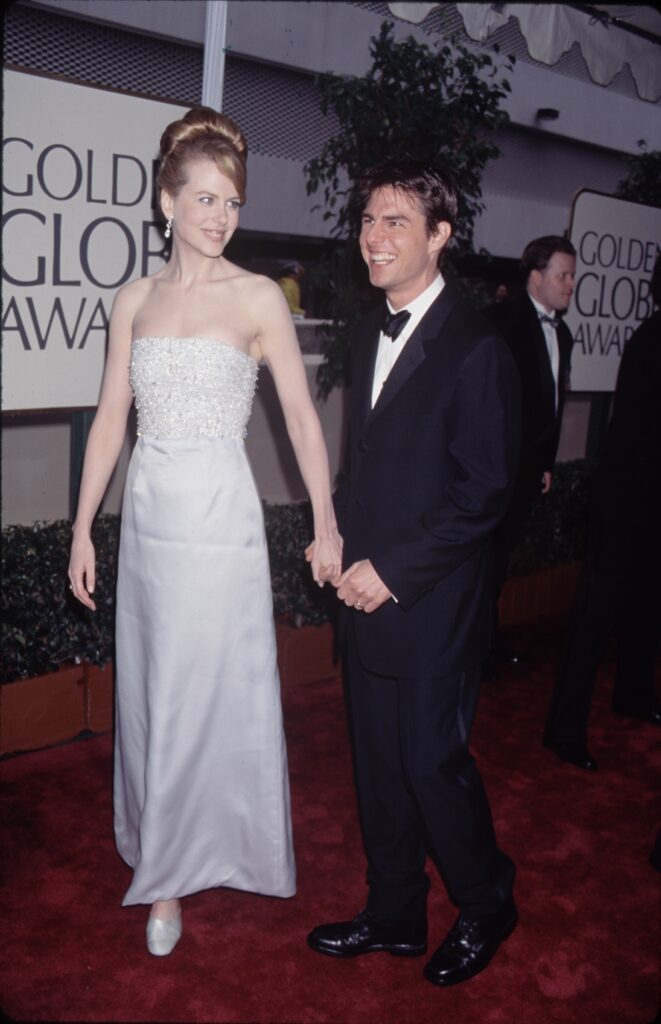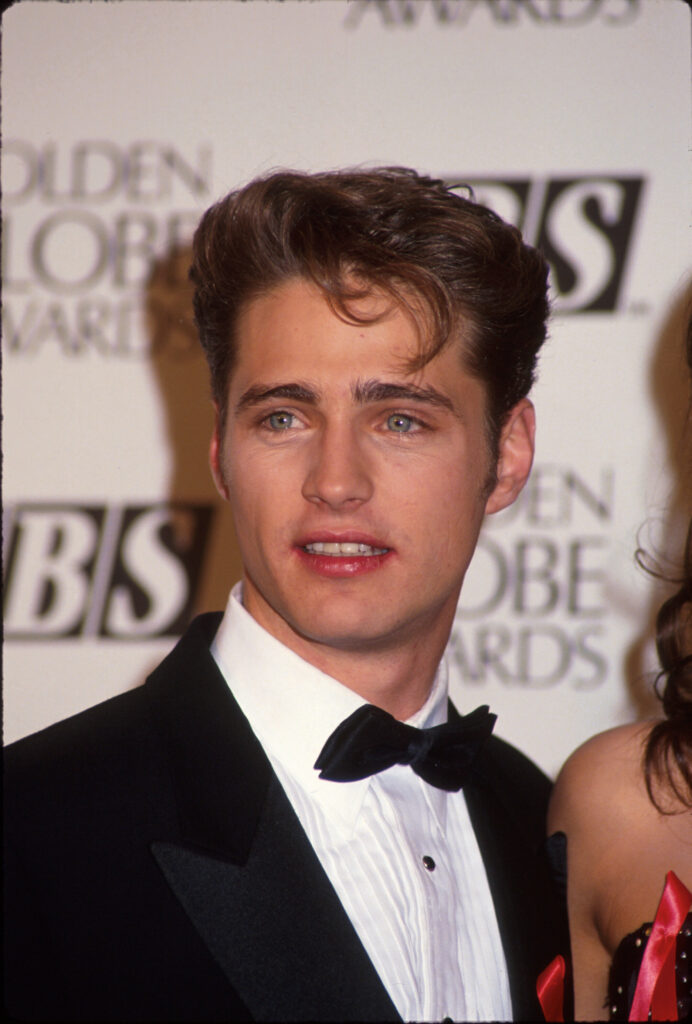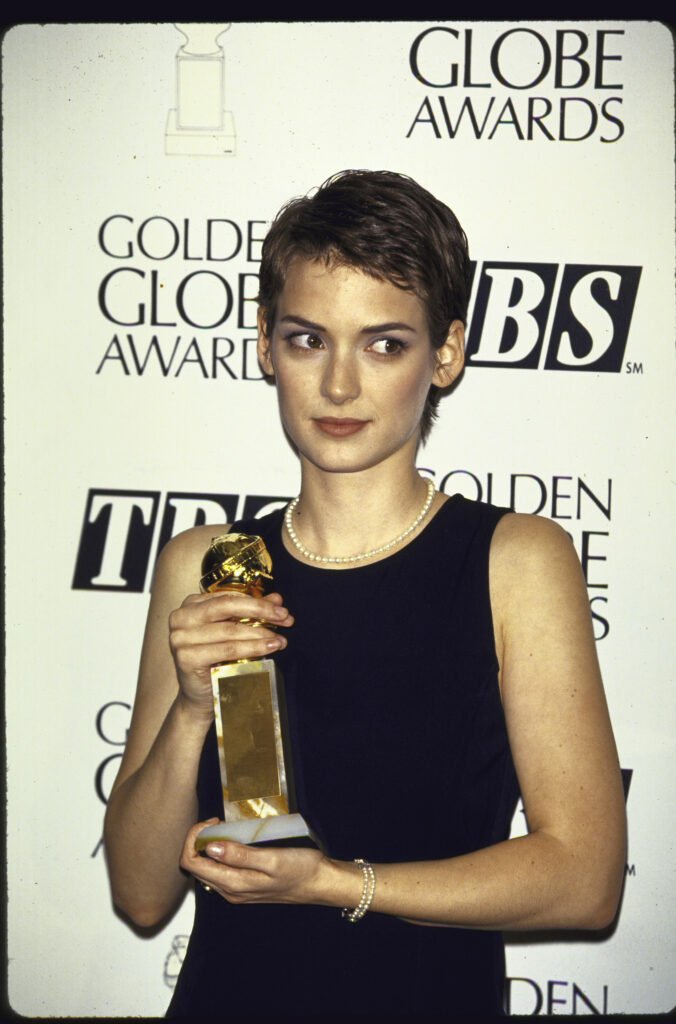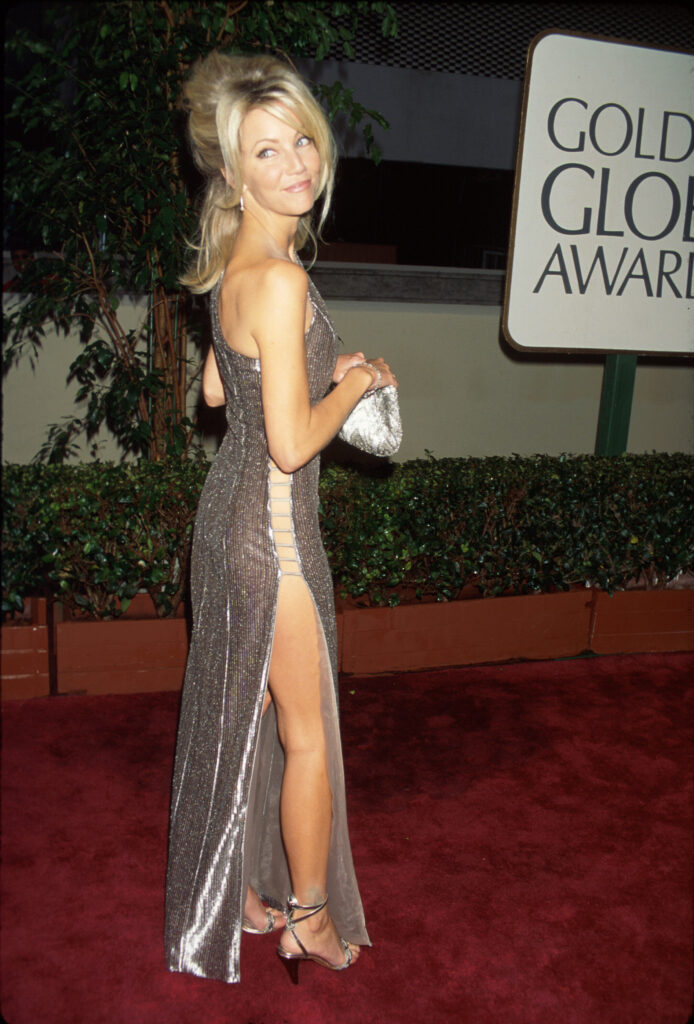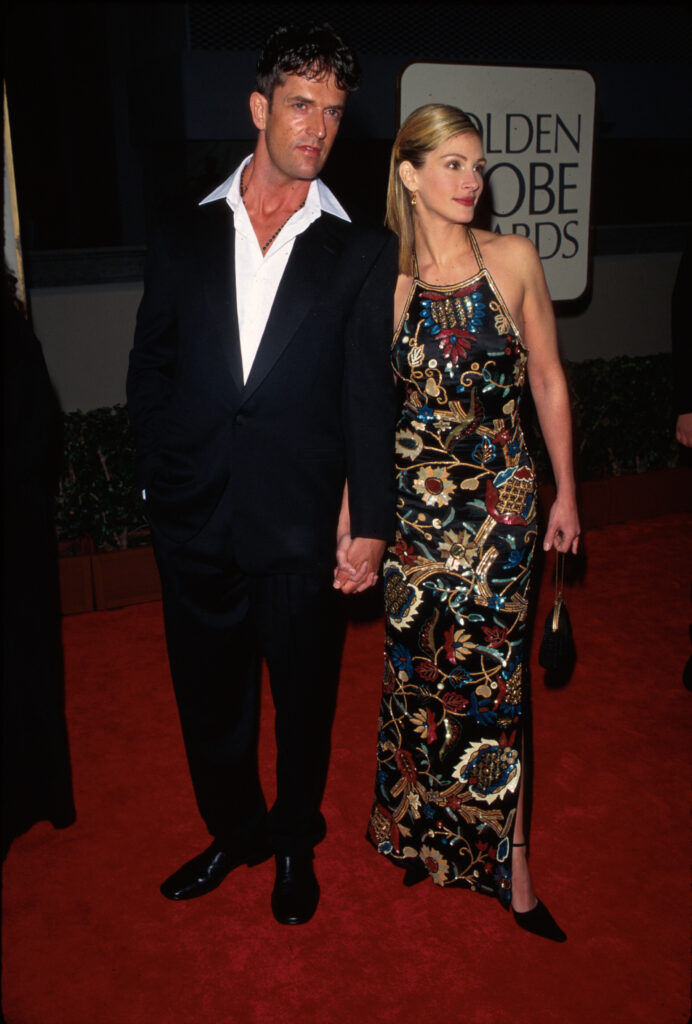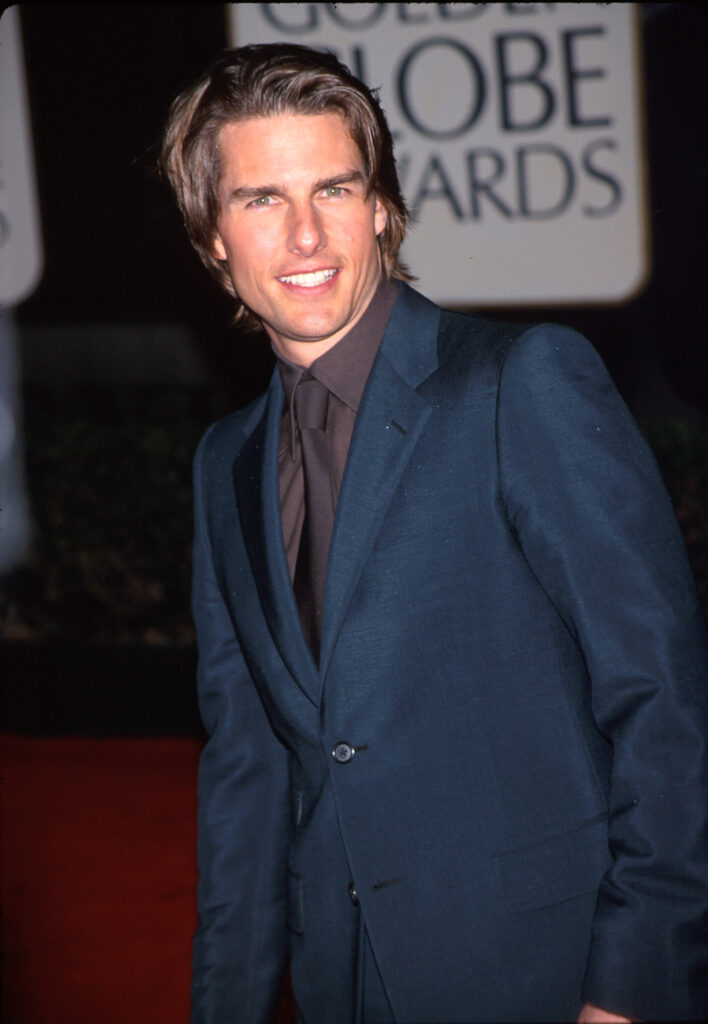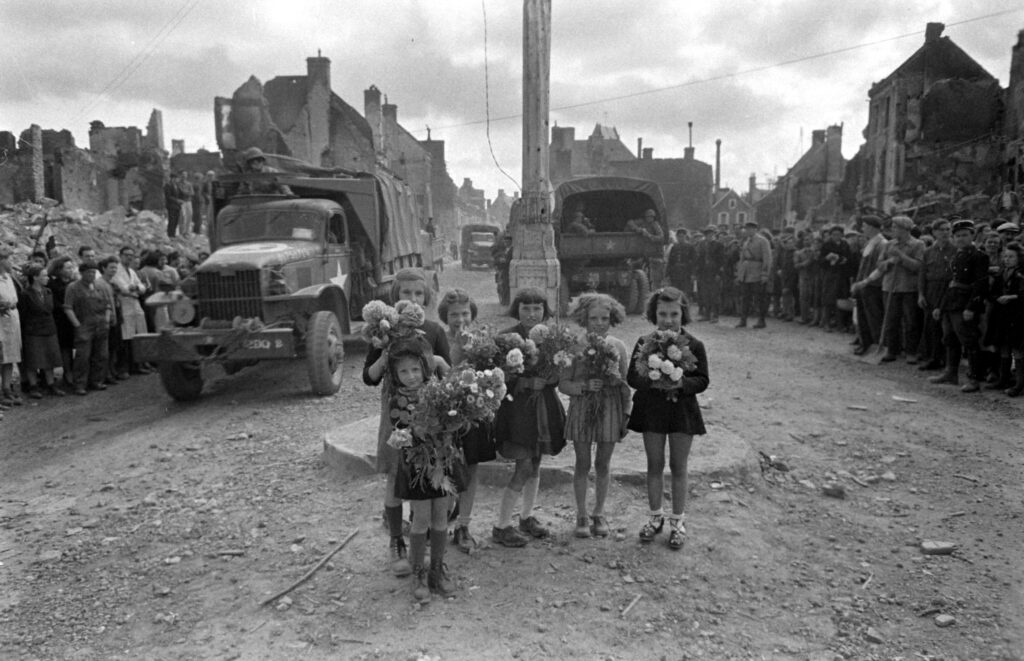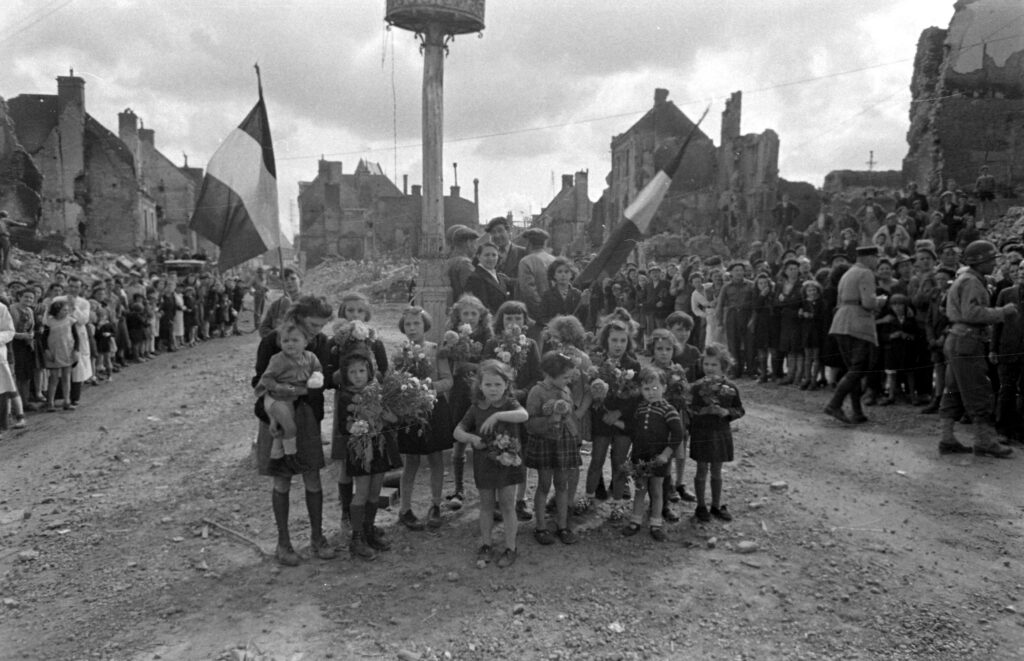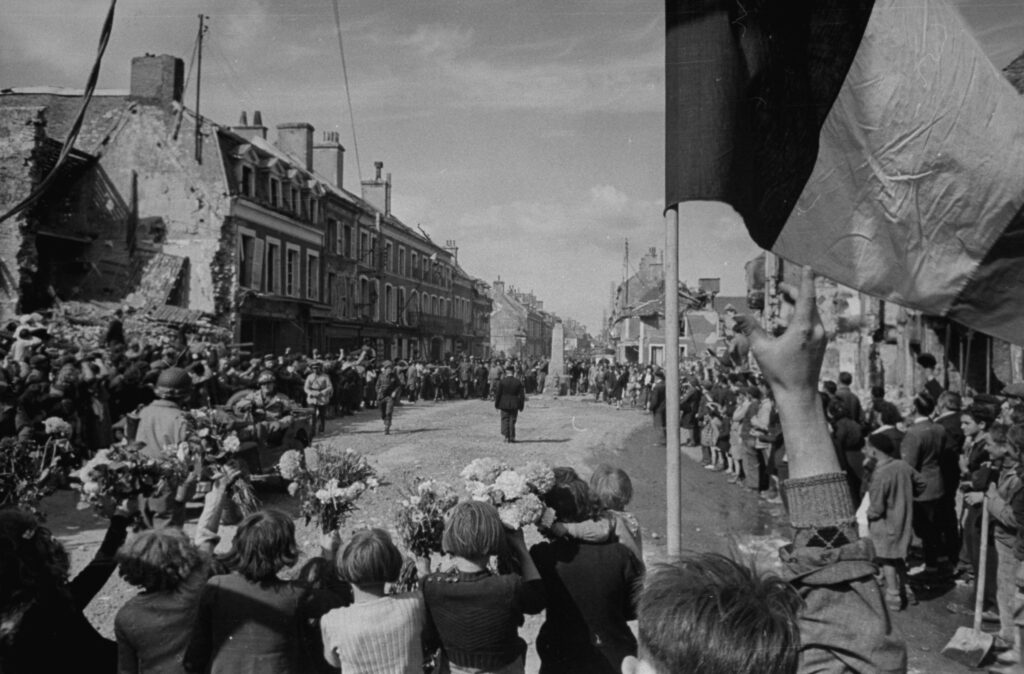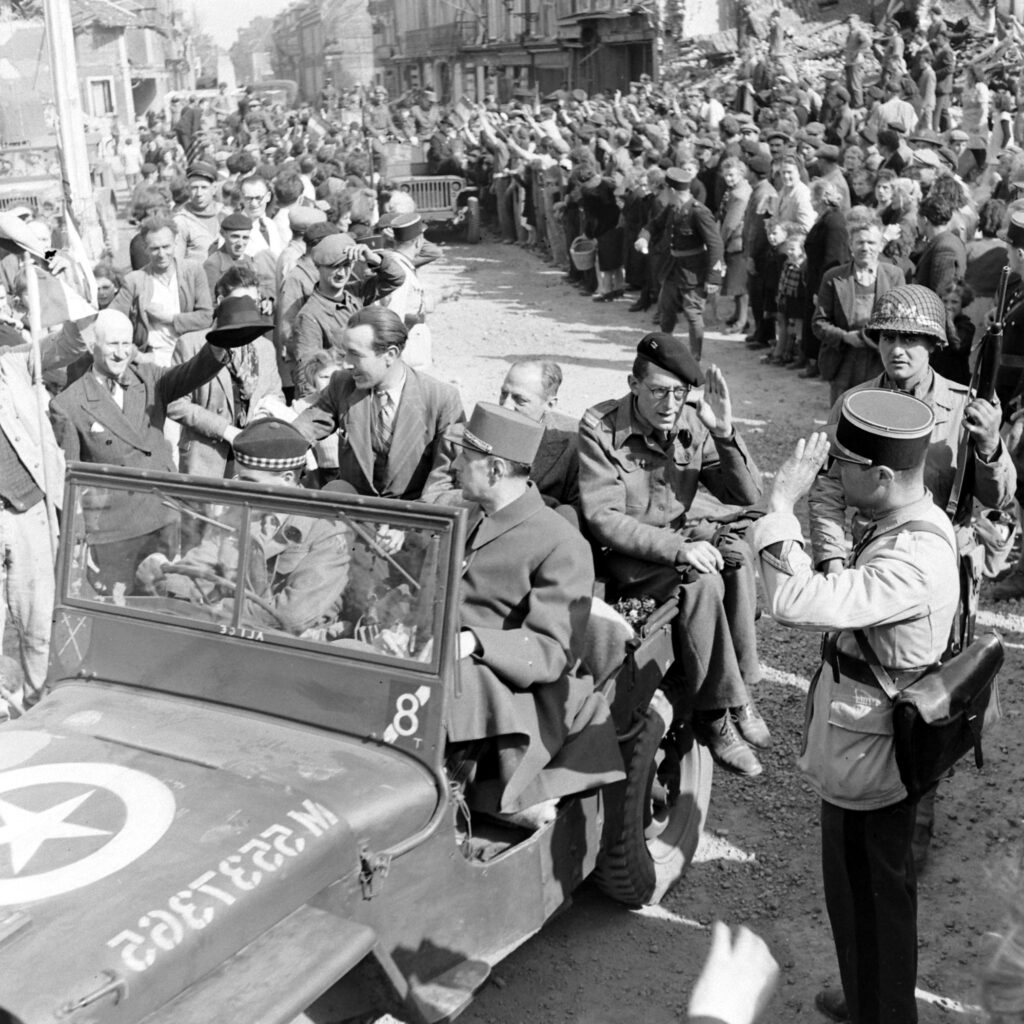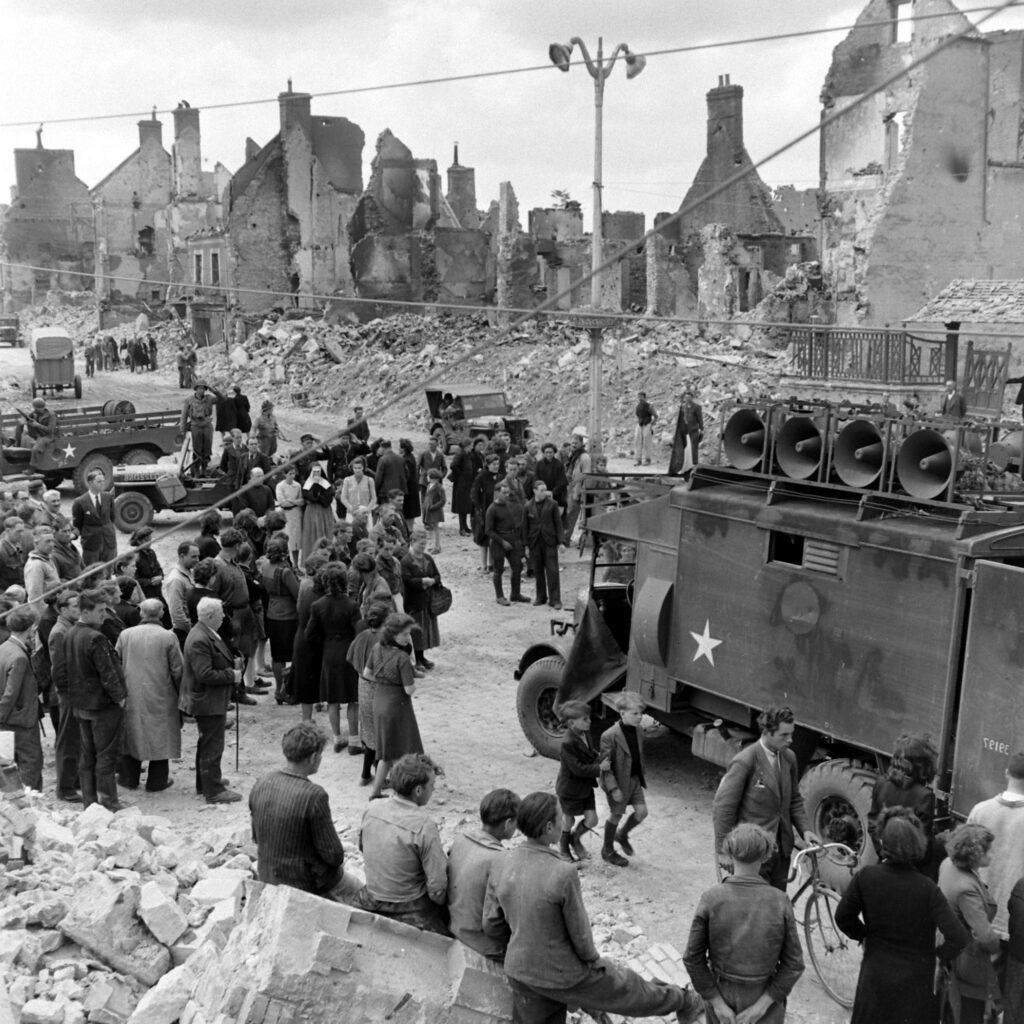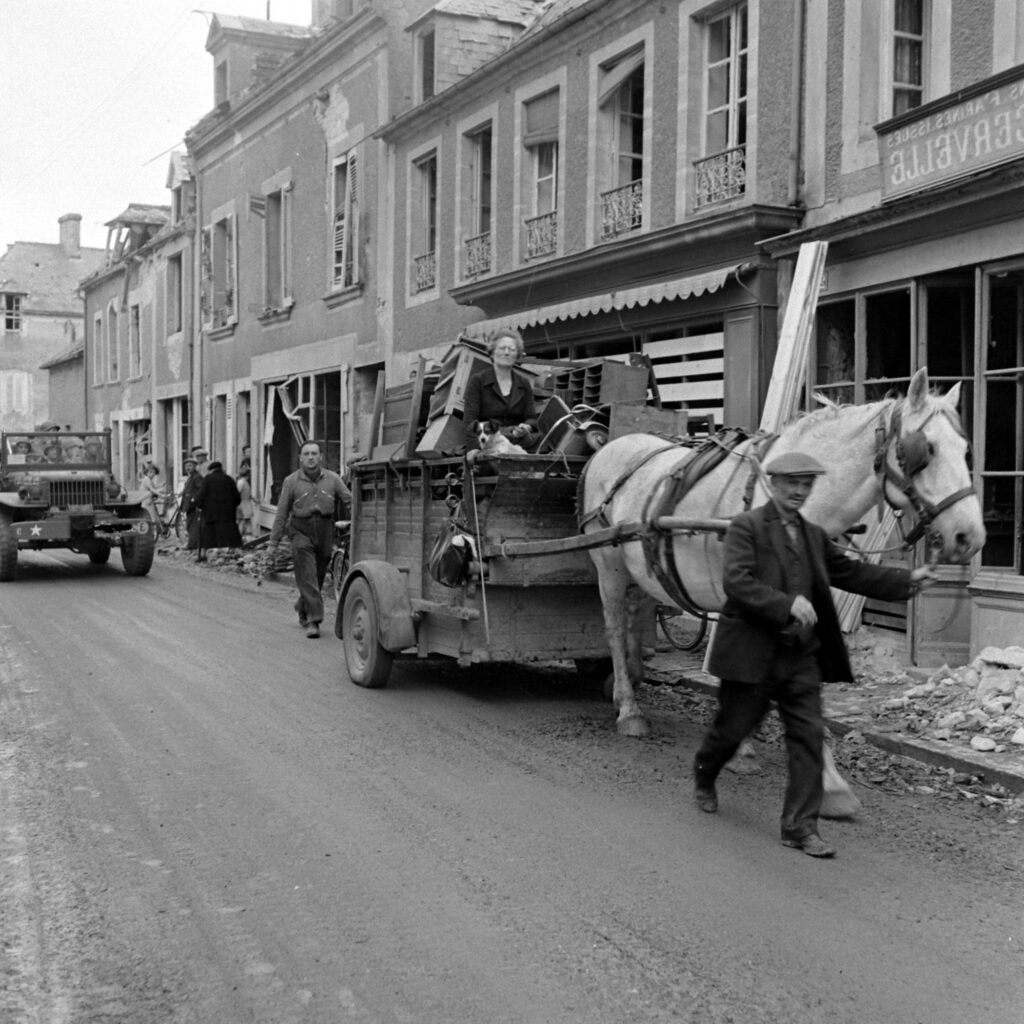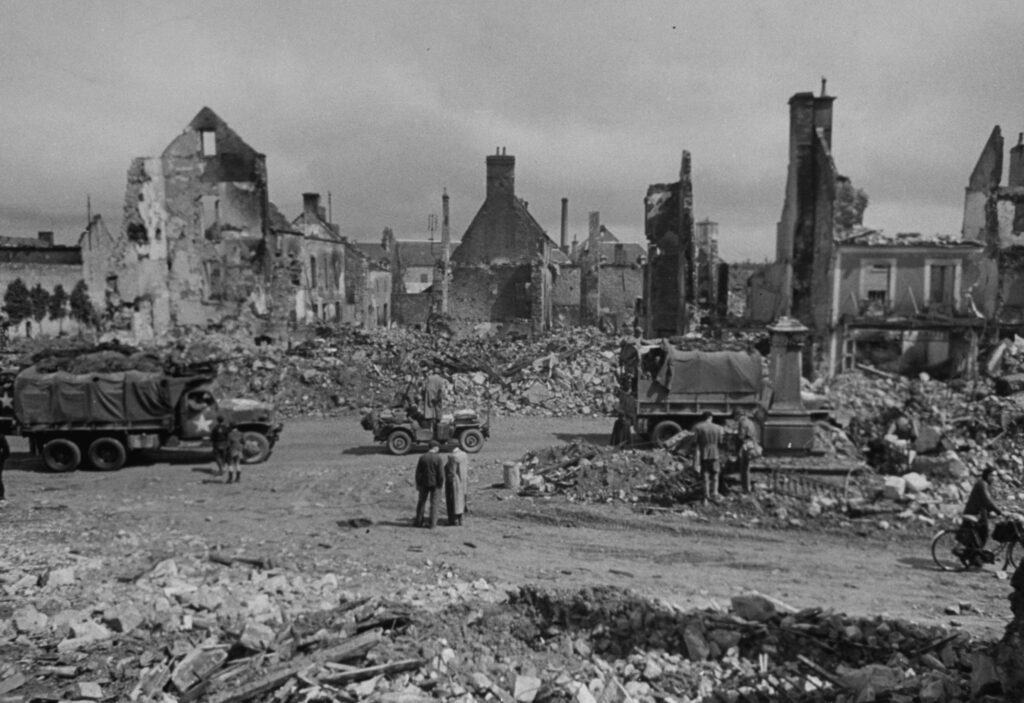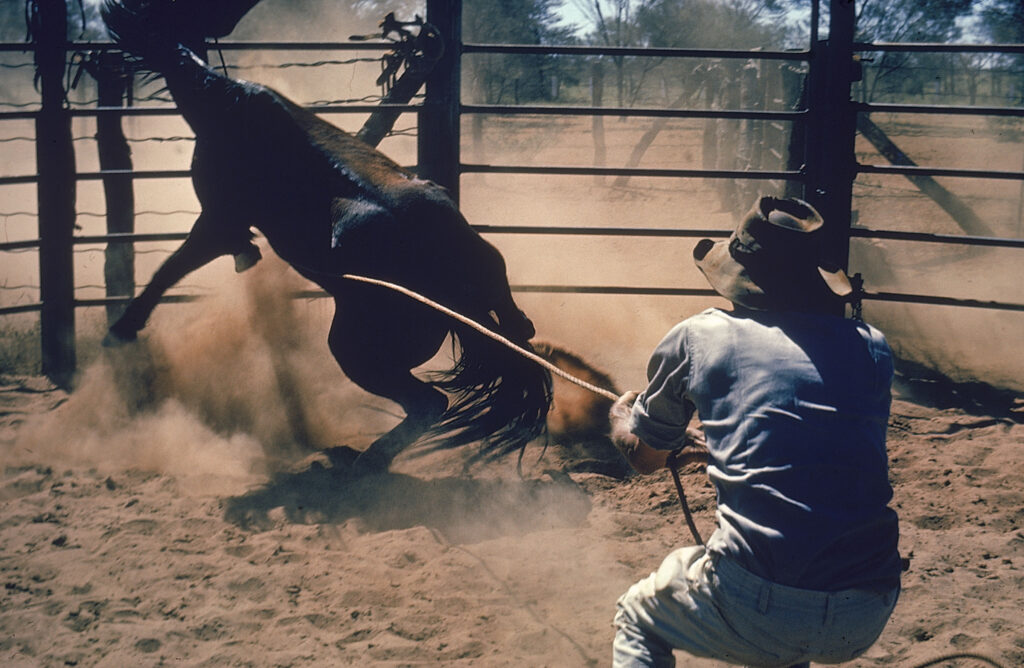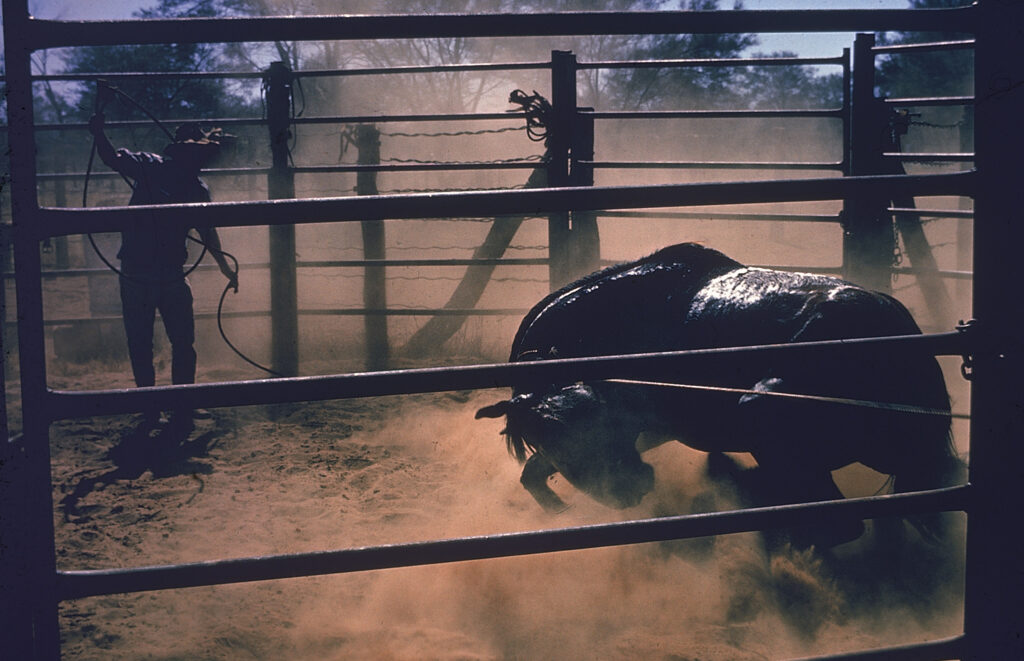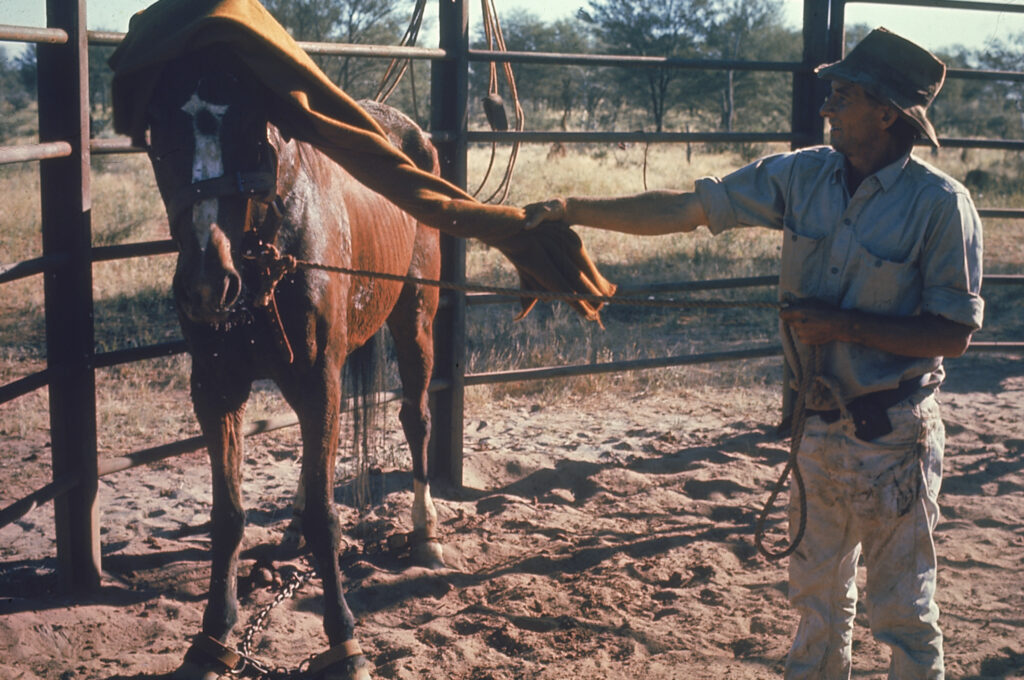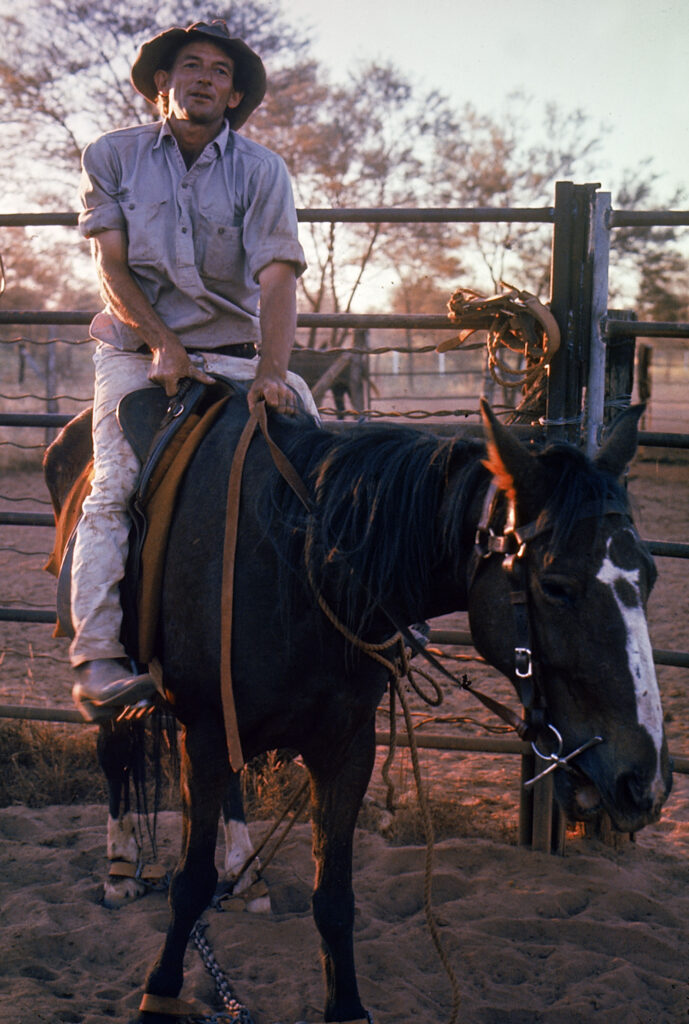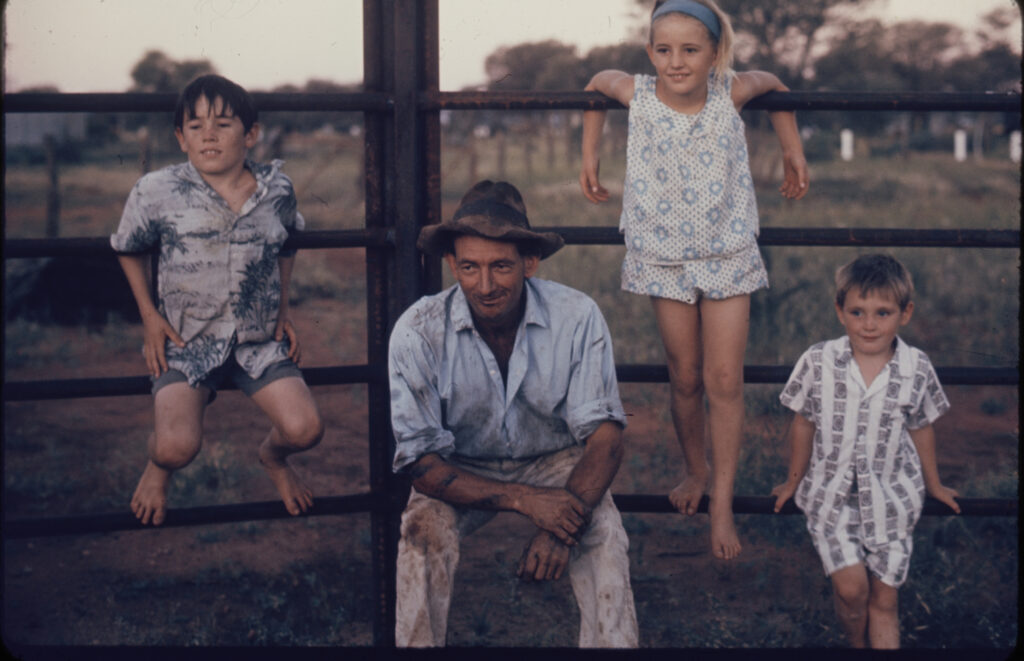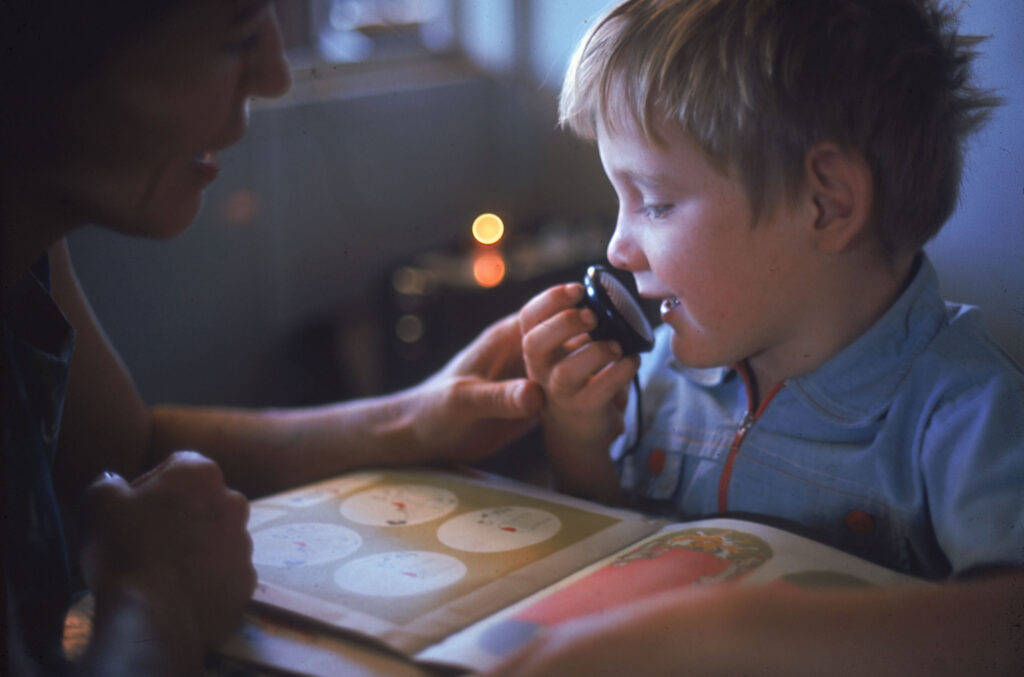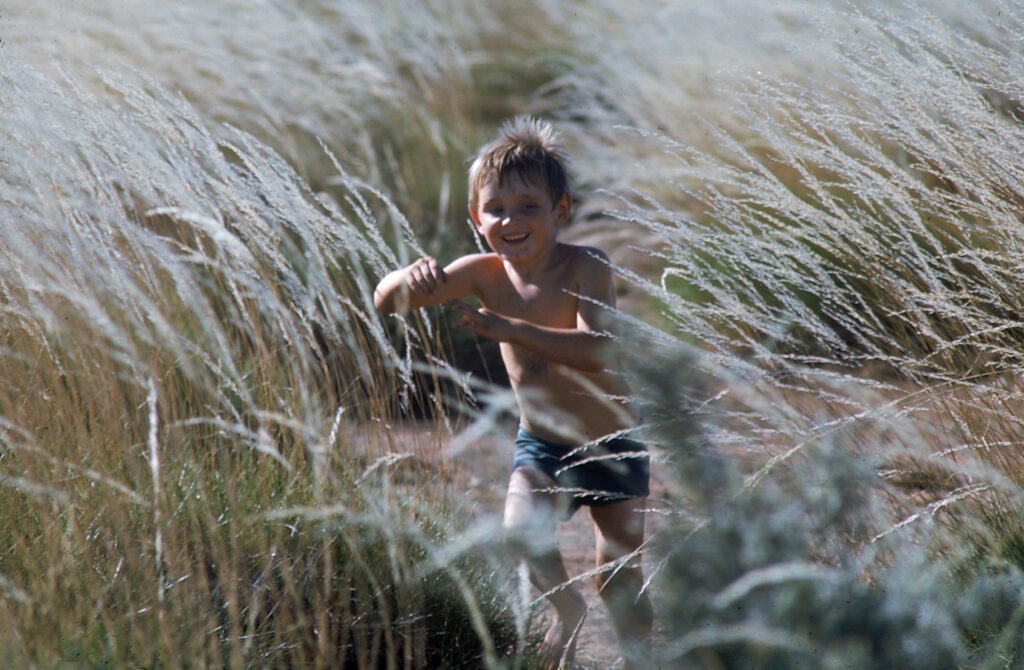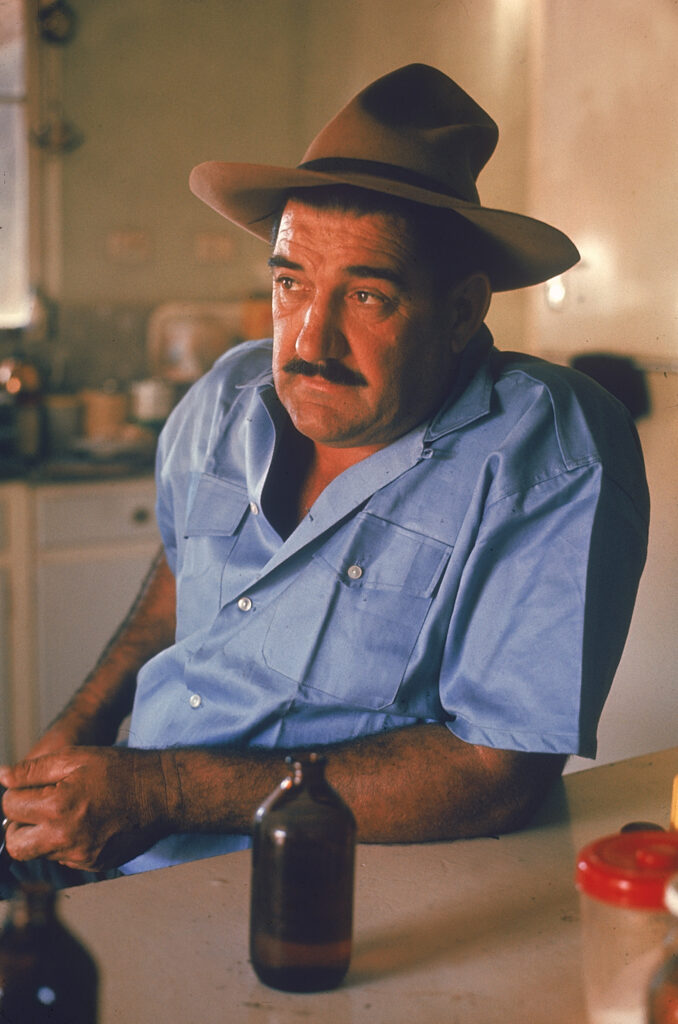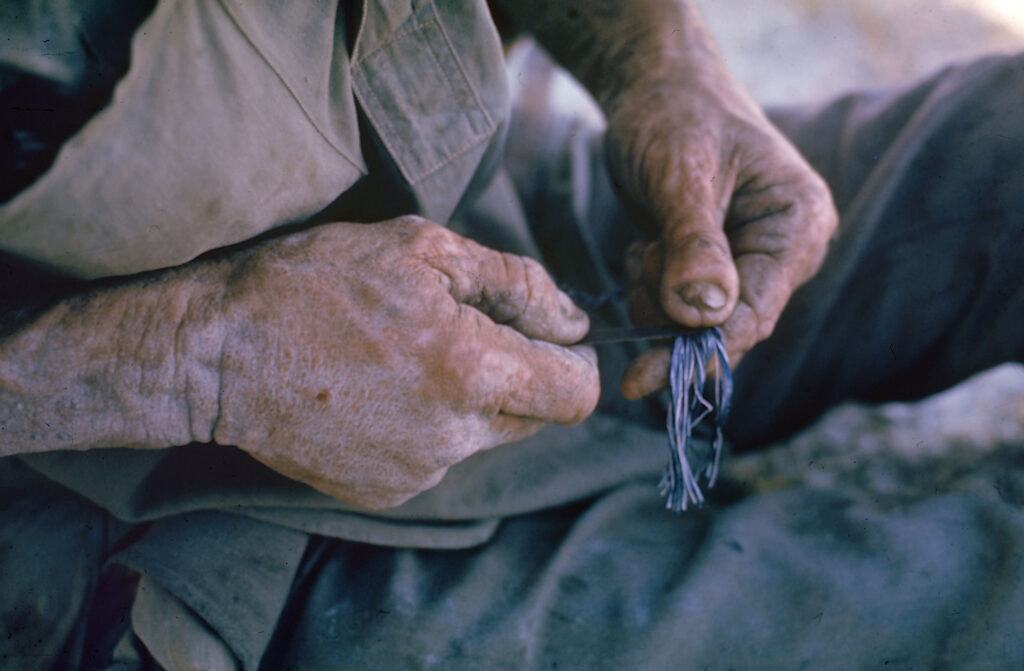In 1968 figure skater Peggy Fleming graced the cover of the Feb, 23, 1968 issue of LIFE after winning a gold medal at the Winter Olympics at the age of 19. One of Fleming’s competitors gushed to LIFE that “Everything Peggy does is pure ballerina.”
The phrase “pure ballerina” is not just a tribute to Fleming but also to ice skating itself. It is the rare sport that demands of both athleticism and artistry.
Images of Fleming are included in this gallery of LIFE’s favorite ice skating images, appearing alongside other skaters of great accomplishment. Barbara Ann Scott, a champion skater from Canada, was a particular fave of the magazine in the 1940s Two-time Olympic champion Dick Button, who would later become a television commentator, is shown making great leaps during his competitive years.
Some of the photos are set at competitions. Others take place in public rinks, including two in New York City— at Rockefeller Center and also at Wollman Rink in Central Park.
Also included are pictures of some anonymous skaters whose movements across the ice made for pretty pictures. if you look at the credits you’ll see the names of some of LIFE’s star photographers—Alfred Eisenstaedt, Ralph Morse, Peter Stackpole and many others. The talent attracted to these assignments underlines the visual appeal of a sport that was also an art form.

Five-time world champion skater Carol Heiss performed at Wollman Memorial Rink in Central Park, New York City, 1955..
Ralph Morse/Life Picture Collection/Shutterstock

Five-time world champion skater Carol Heiss performed at Wollman Memorial Rink in Central Park, New York City, 1955..
Ralph Morse/Life Picture Collection/Shutterstock

Ice skaters in Switzerland, 1948.
Walter Sanders/Life Picture Collection/Shutterstock

British figure skater Graham Sharp at the Winter Olympics in St. Moritz, 1948.
Mark Kauffman/Life Picture Collection/Shutterstock

Tenley Albright, an Olympic gold medalist, performed a frog jump, 1956.
Peter Stackpole/Life Picture Collection/Shutterstock

Dick Button at a figure skating competition in Stockholm, 1947.
Tony Linck/Life Picture Collection/Shutterstock

Dick Button, 1947.
Tony Linck/Life Picture Collection/Shutterstuch

Dick Button at a figure skating competition, 1947.
Tony Linck/Life Picture Collection/Shutterstock

Dick Button competed at the 1948 Winter Olympics in St. Moritz, Switzerland.
Mark Kauffman/Life Picture Collection/Shutterstock

Barbara Ann Scott at the world figure skating championship in Stockholm, 1947.
Tony Linck The LIFE Picture Collection/Shutterstock

Barbara Ann Scott at the world figure skating championships in Stockholm, 1947
Tony Linck The LIFE Picture Collection/Shutterstock

The husband-and-wife team of Narena Greer and Richard Norris skated with The Ice Follies, 1947.
Gjon Mili/Life Picture Collection/Shutterstock

Figure skater Johnny Lettengarver, a member of the U.S. Olympic team, 1948.
Mark Kauffman/Life Picture Collection/Shutterstock

Skaters performed at an ice show at Madison Square Garden, 1948.
Gjon Mili/Life Picture Collection/Shutterstock

Austrian ice skating champion Melitta Brunner practiced in St. Moritz, 1934.
Alfred Eisenstadt/Life Picture Collection/Shutterstock

A skating waiter delivered drinks at the Grand Hotel, St. Moritz, 1932.
Alfred Eisenstaedt—The LIFE Picture Collection/Shutterstock

U.S. skater Peggy Fleming won a gold medal at the 1968 Winter Olympics in Grenoble, France.
Art Rickerby/Life Picture Collection/Shutterstock

U.S. skater Peggy Fleming won a gold medal at the 1968 Winter Olympics in Grenoble, France.
Art Rickerby/Life Picture Collection/Shutterstock

A figure skater made a leap that mimicked the statue of Prometheus at Rockefeller Center in New York, 1942.
Wallace Kirkland/Life Picture Collection/Shutterstock






















